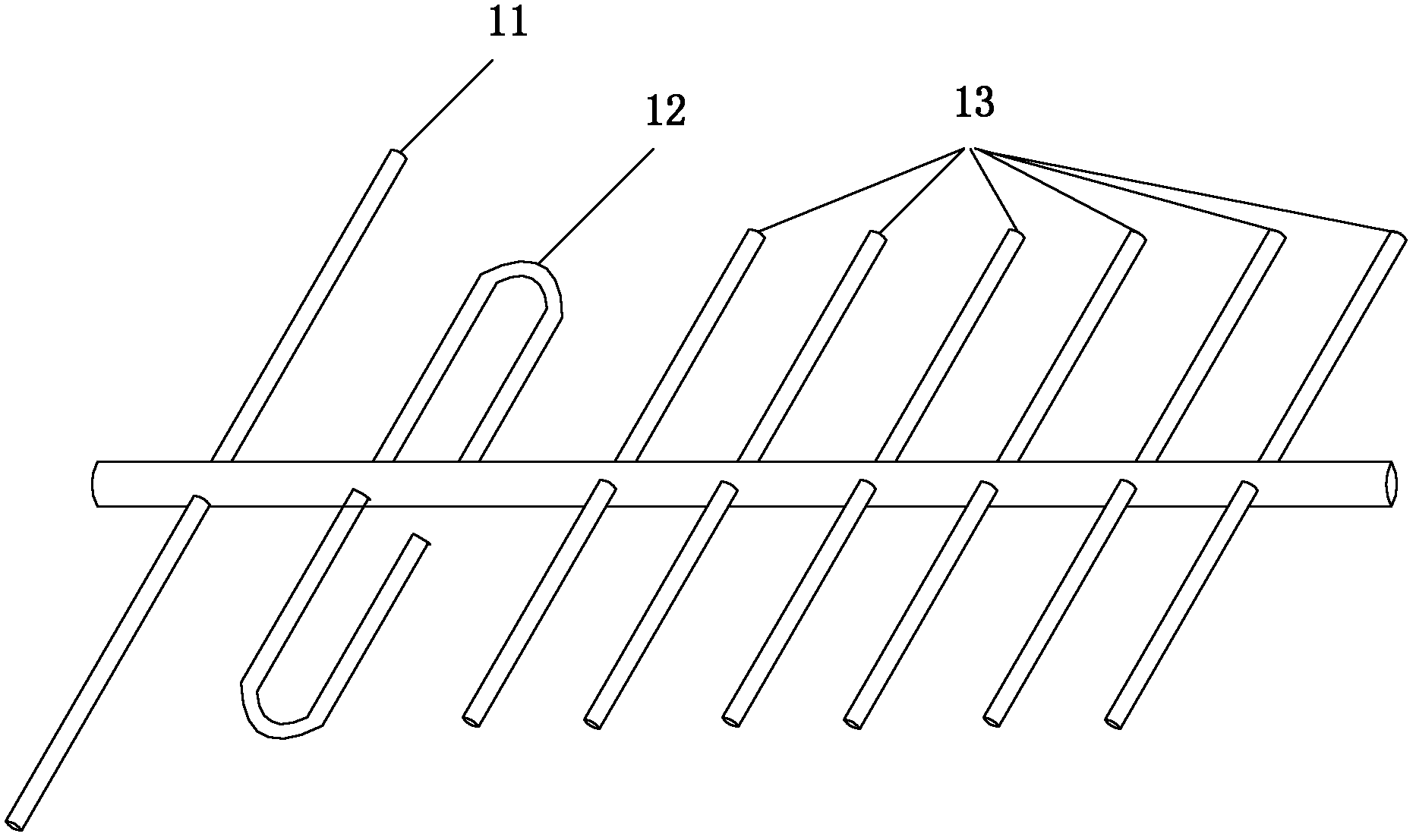Plane reflector concaved at side edge
A technology of planar reflection and reflector, which is applied in the field of radio frequency identification, and can solve the problems of application limitations of RFID tags, etc.
- Summary
- Abstract
- Description
- Claims
- Application Information
AI Technical Summary
Problems solved by technology
Method used
Image
Examples
Embodiment 1
[0043] Please continue to refer figure 2 , it can be seen from the figure that the reflector 220 is rectangular, and its long side is along the direction of the antenna.
[0044] It should be noted that when the reflector 220 gets closer to the antenna 210, the front-to-back gain difference will become smaller and smaller, and the applicable frequency range (that is, the frequency band where the front-to-back gain difference is greater than a certain threshold) becomes narrower, and the gain difference These two parameters, frequency range, are more and more sensitive to the surrounding environment (that is, when the surrounding objects move or the material changes, these two parameters may change sharply). For the widened reflector 220 in this embodiment, generally when the distance D between the edge of the widened reflector 220 and the edge of the tag antenna is less than 10 mm, it is difficult to obtain an ideal unidirectional antenna effect.
[0045] Therefore, in order...
Embodiment 2
[0047] Since the structure of the antenna is not the key of the present invention, the antenna is omitted here for the sake of clarity, and only the structure of the reflector is given.
[0048] Please refer to image 3 , the antenna assembly also includes an antenna and a reflector 320. The difference from Embodiment 1 is that the reflector 320 is replaced by a rectangular reflector with a crescent-shaped reflector on one side, that is, the side edge of the reflector 320 close to the antenna is an arc shape. Due to the recess in the middle, the total width of the reflector and the antenna can be reduced while keeping the average distance between the edge of the reflector 320 and the edge of the antenna approximately constant, thereby achieving the effect of reducing the overall size of the antenna assembly. For example, the overall width of the antenna assembly in this embodiment is reduced by about 15 mm compared with the antenna assembly in Embodiment 1.
Embodiment 3
[0050] Please refer to Figure 4 , the antenna assembly also includes an antenna 310 and a reflector 320 , one side of the reflector 320 has a hollow structure 330 . However, the present invention is not limited thereto.
[0051] The main function of adding a hollow structure on the reflector is to increase the equivalent distributed inductance of the reflector to adjust and improve the superposition of the reflected electromagnetic wave and the electromagnetic wave emitted by the antenna itself, so as to ensure that a smaller label size is similar to a large-size label. Unidirectional antenna effect.
[0052] The hollow structure 330 is located on the side of the reflector 320 close to the antenna, and is in the shape of a long and narrow strip, and its direction is substantially parallel to the edge of the reflector 320 on this side. The width of the narrow strip hollow and the distance from it to the edge should be smaller than the average width of the reflector. Specific...
PUM
 Login to View More
Login to View More Abstract
Description
Claims
Application Information
 Login to View More
Login to View More - R&D
- Intellectual Property
- Life Sciences
- Materials
- Tech Scout
- Unparalleled Data Quality
- Higher Quality Content
- 60% Fewer Hallucinations
Browse by: Latest US Patents, China's latest patents, Technical Efficacy Thesaurus, Application Domain, Technology Topic, Popular Technical Reports.
© 2025 PatSnap. All rights reserved.Legal|Privacy policy|Modern Slavery Act Transparency Statement|Sitemap|About US| Contact US: help@patsnap.com



